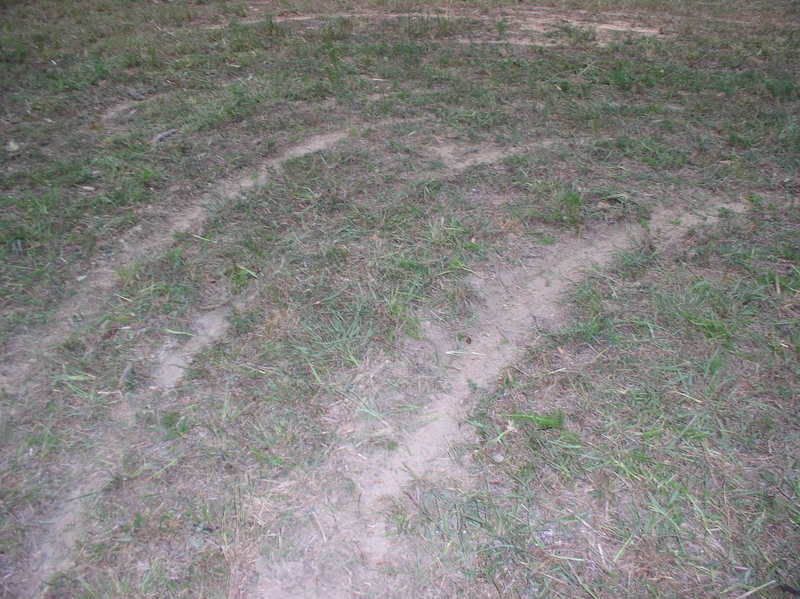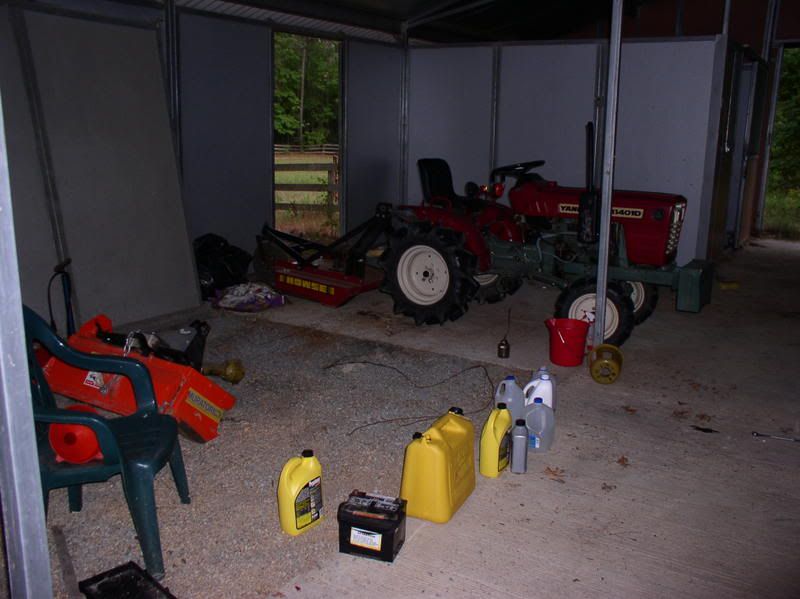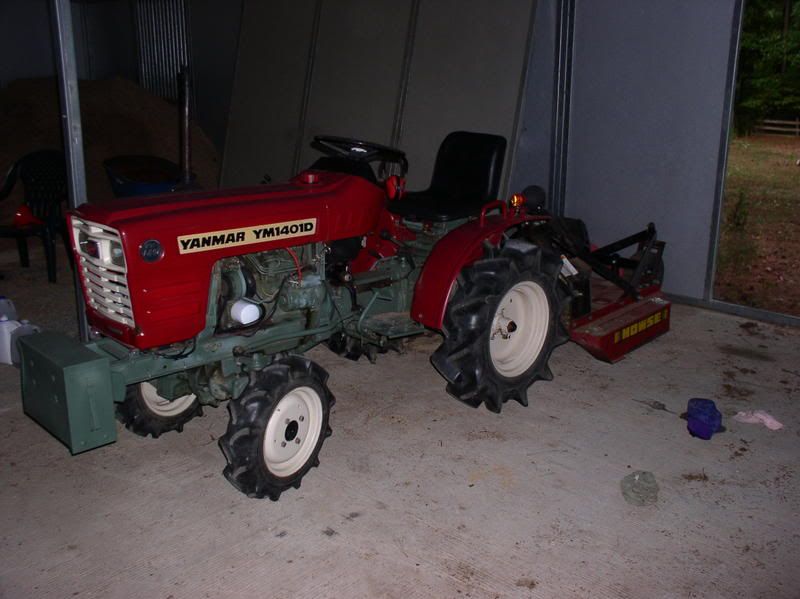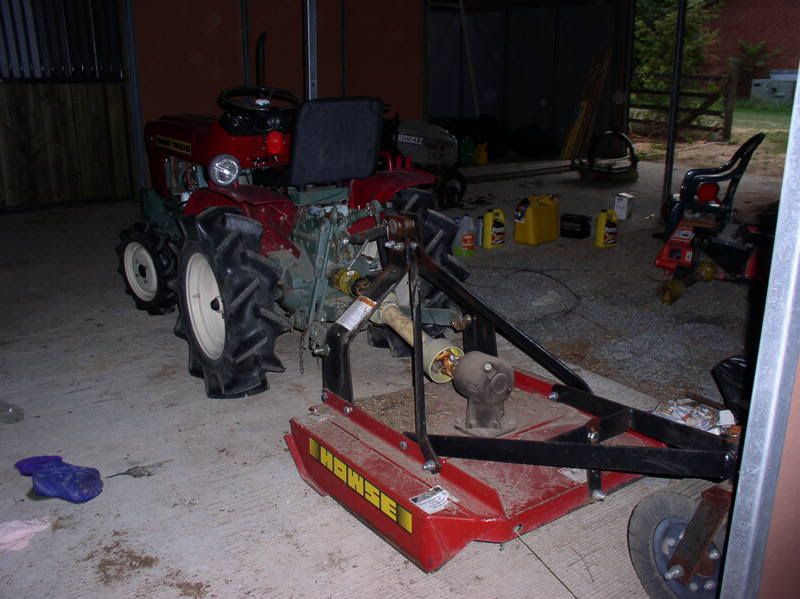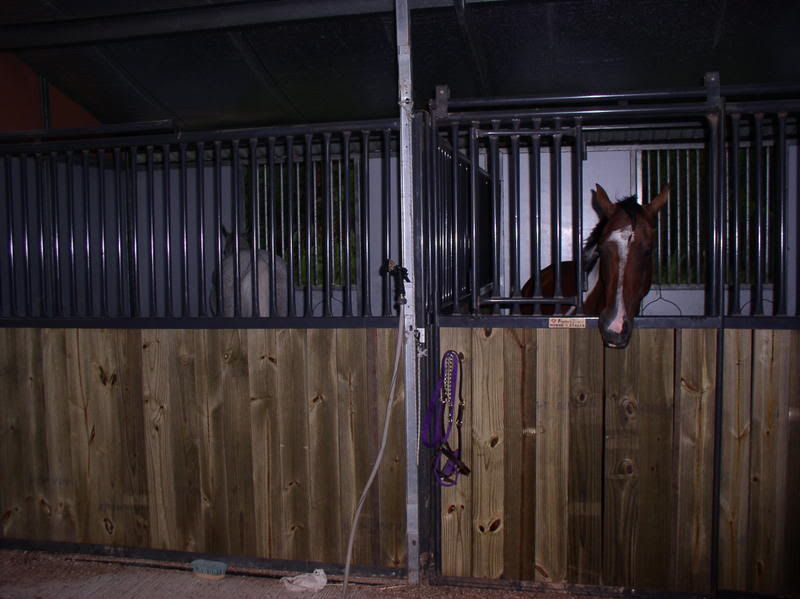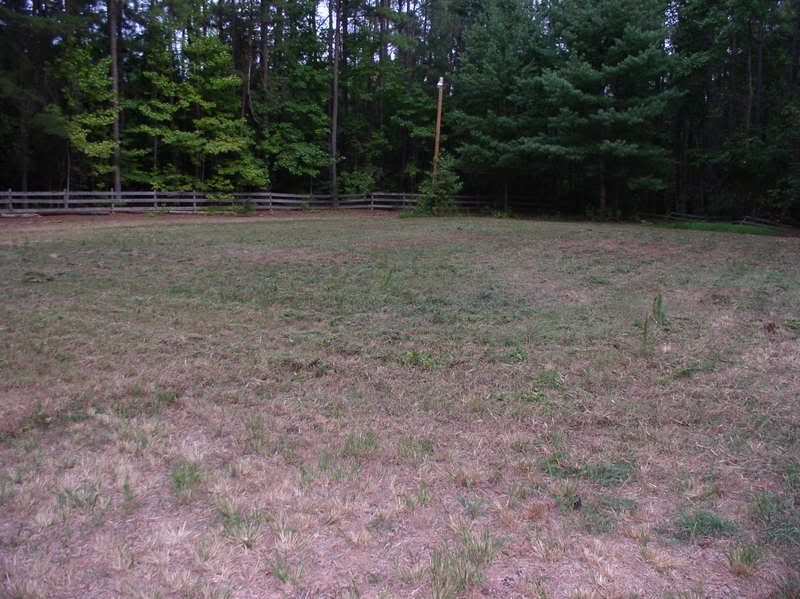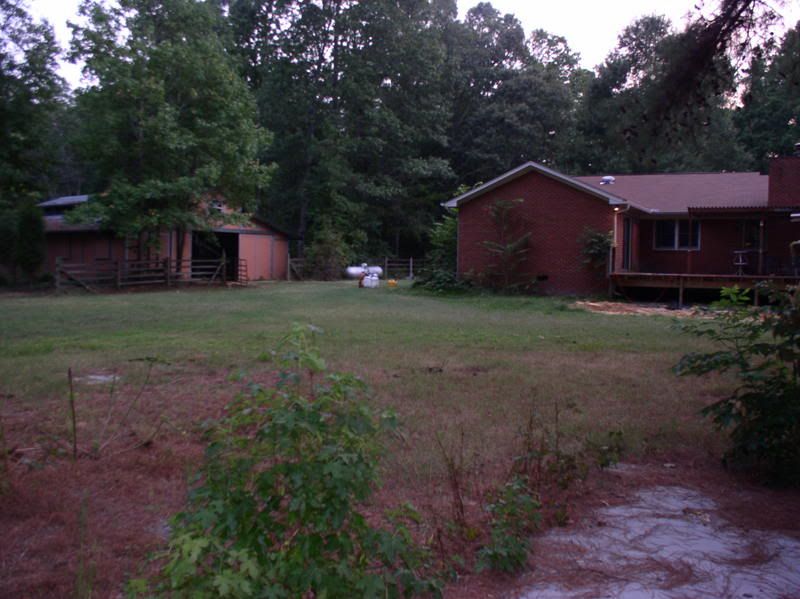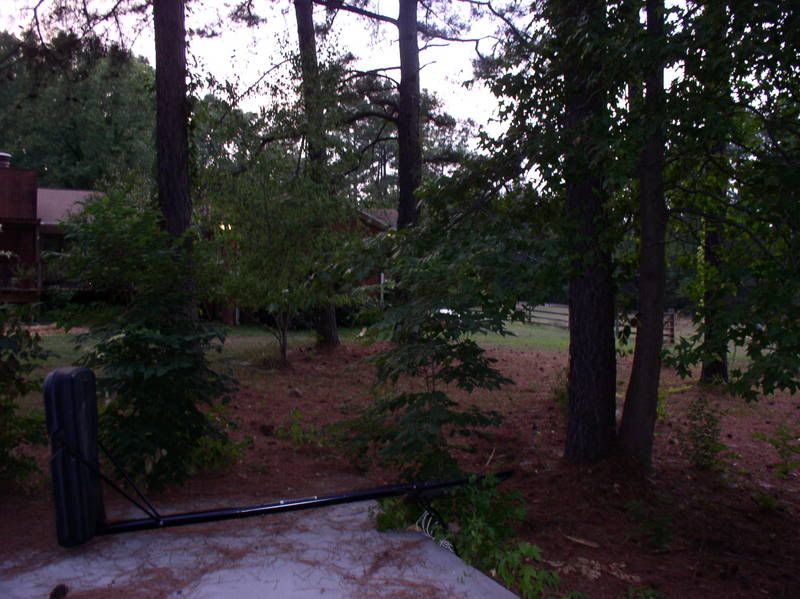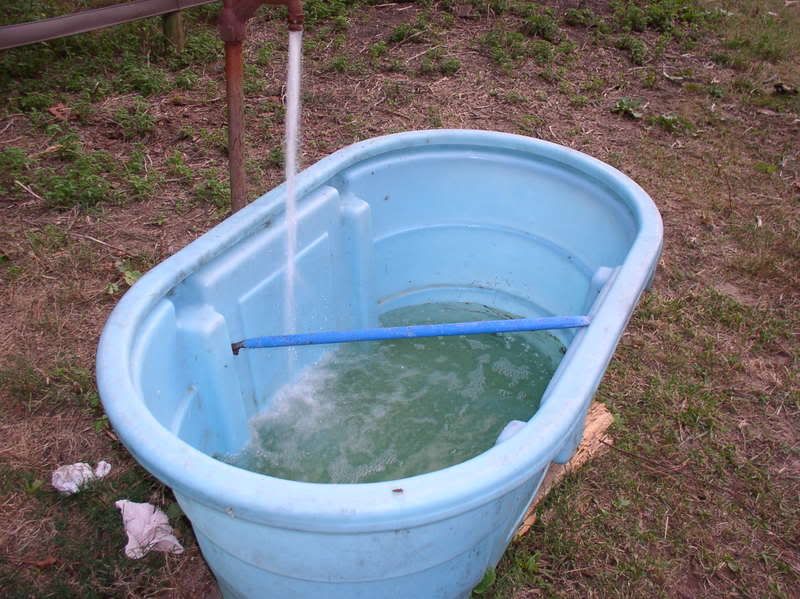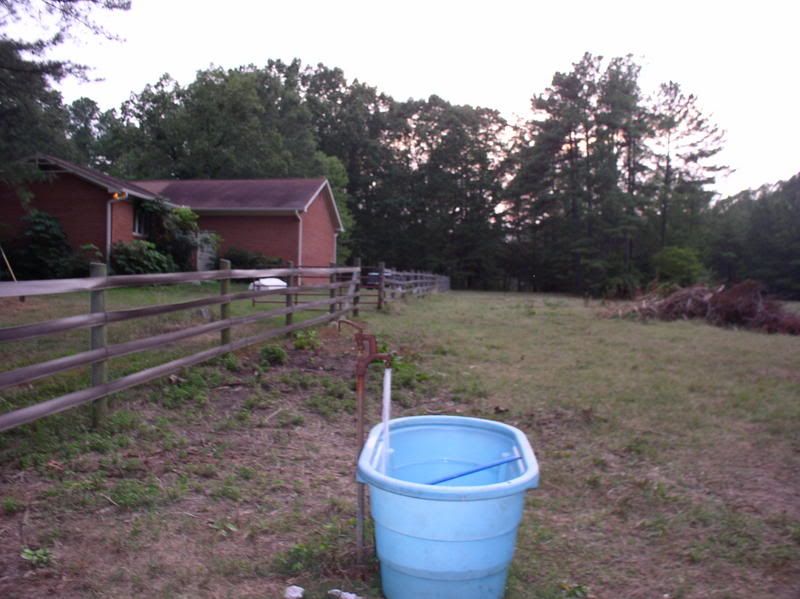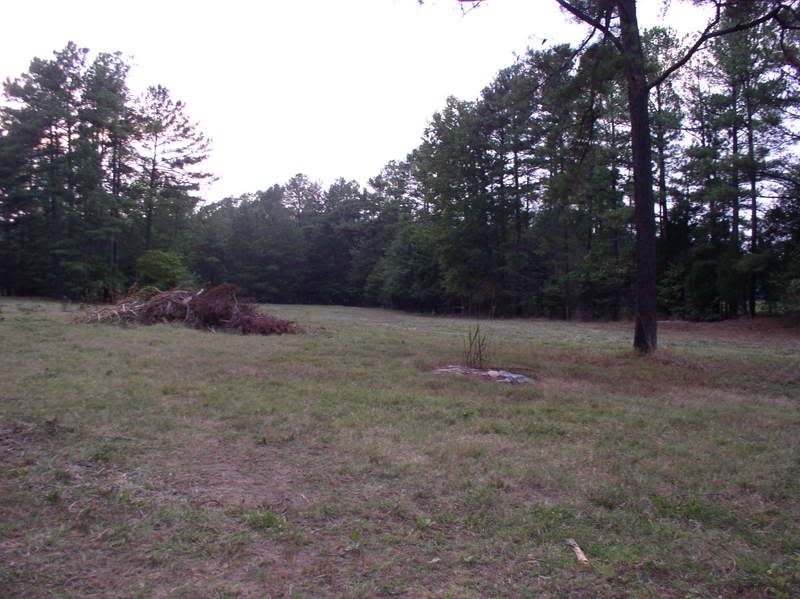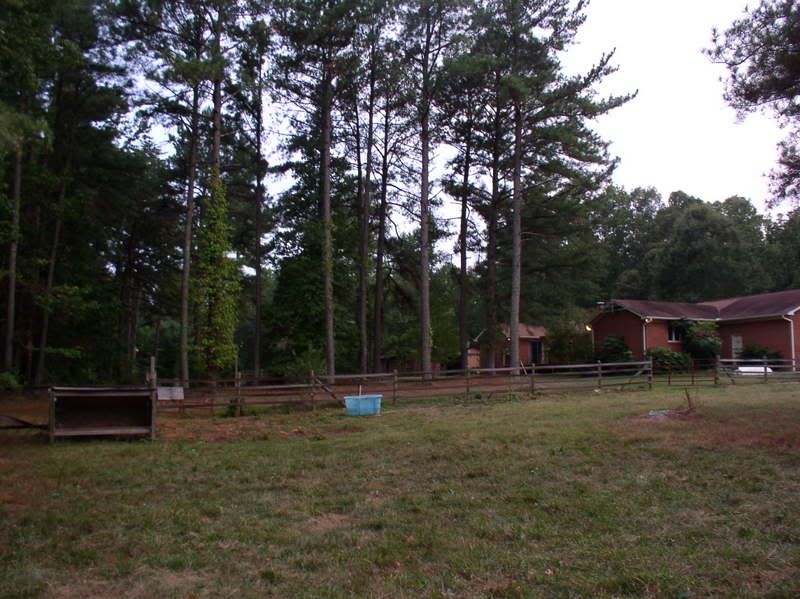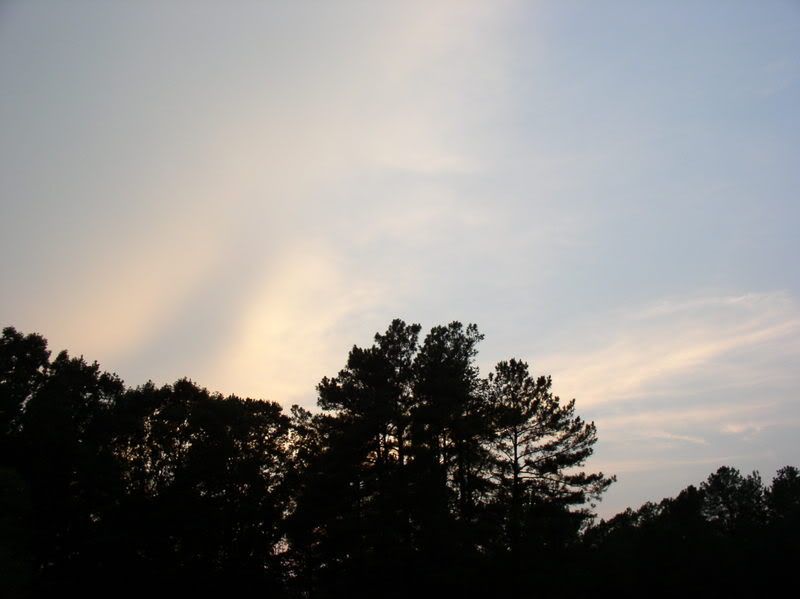SkunkWerX
Platinum Member
dieselfuelonly, Welcome!
Now that have have found the bleed screw (Same way I found it 20+ years ago) you can realize it's better to check the fuel level and add some, then risk running out and having to bleed the air. Not that it's a huge job, but, after you run out of fuel, acres away, and have to trudge to the garage for a wrench, it will be less likely to happen. (Ask me how I know this?)
Going back to your original posts in this thread about shifting to 4WD.
Might I suggest keeping the tractor in 4WD for that type of work?
If you are running around on hard packed surface, where the traction isn't needed, then keep it in 2WD, but if you are in that loose soil and pulling the dirt/sand around, shift it into 4WD and leave it.
Your Engine won't strain quite as much, you'll be more productive, and the tractor characteristics will be consistant. (You might get longer clutch life too).
The only warning to give about 4WD is don't run it in 4WD on pavement or your packed driveway or other non-forgiving surfaces. If you were grading your driveway, and keeping in straight-line, then 4WD may be OK, otherwise it's not recommended to strain the drivetrain/diff by leaving it in 4WD all the time. Turning on Hard surfaces is what you really want to avoid in 4WD.
In your yard, or on loose dirt, etc. it's fine to put it 4WD and work it.
4WD increases your Drawbar Horsepower (pulling).
That's my 2-cents, otherwise, it looks like you are getting your hours in, and with that, comes experience. I'm a firm believer in learn-by-doing. Books and Internet are great sources of information, but nothing fully replaces time in the saddle.
Have Fun, Be Safe!
Now that have have found the bleed screw (Same way I found it 20+ years ago) you can realize it's better to check the fuel level and add some, then risk running out and having to bleed the air. Not that it's a huge job, but, after you run out of fuel, acres away, and have to trudge to the garage for a wrench, it will be less likely to happen. (Ask me how I know this?)
Going back to your original posts in this thread about shifting to 4WD.
Might I suggest keeping the tractor in 4WD for that type of work?
If you are running around on hard packed surface, where the traction isn't needed, then keep it in 2WD, but if you are in that loose soil and pulling the dirt/sand around, shift it into 4WD and leave it.
Your Engine won't strain quite as much, you'll be more productive, and the tractor characteristics will be consistant. (You might get longer clutch life too).
The only warning to give about 4WD is don't run it in 4WD on pavement or your packed driveway or other non-forgiving surfaces. If you were grading your driveway, and keeping in straight-line, then 4WD may be OK, otherwise it's not recommended to strain the drivetrain/diff by leaving it in 4WD all the time. Turning on Hard surfaces is what you really want to avoid in 4WD.
In your yard, or on loose dirt, etc. it's fine to put it 4WD and work it.
4WD increases your Drawbar Horsepower (pulling).
That's my 2-cents, otherwise, it looks like you are getting your hours in, and with that, comes experience. I'm a firm believer in learn-by-doing. Books and Internet are great sources of information, but nothing fully replaces time in the saddle.
Have Fun, Be Safe!
